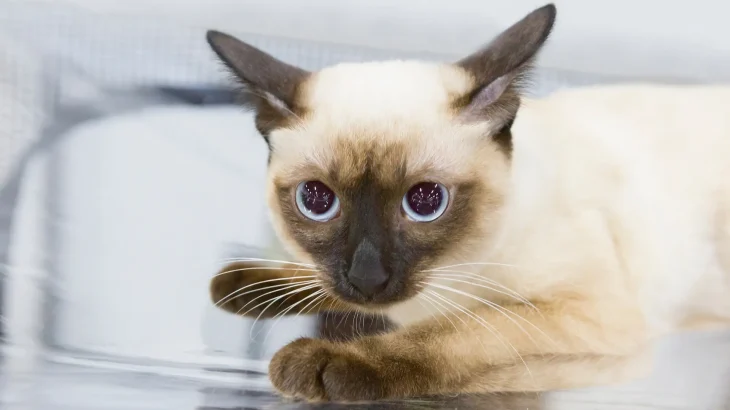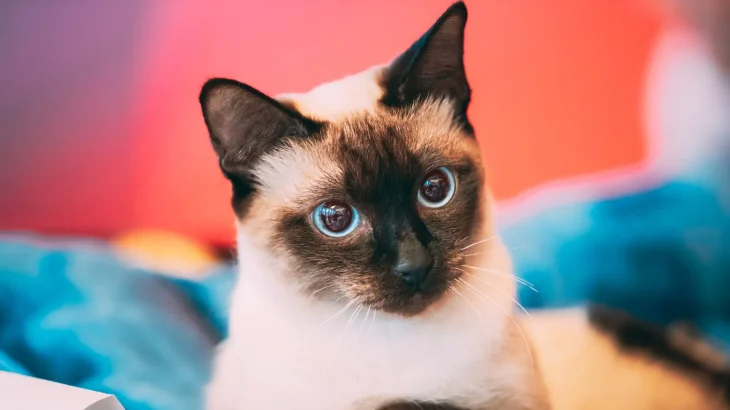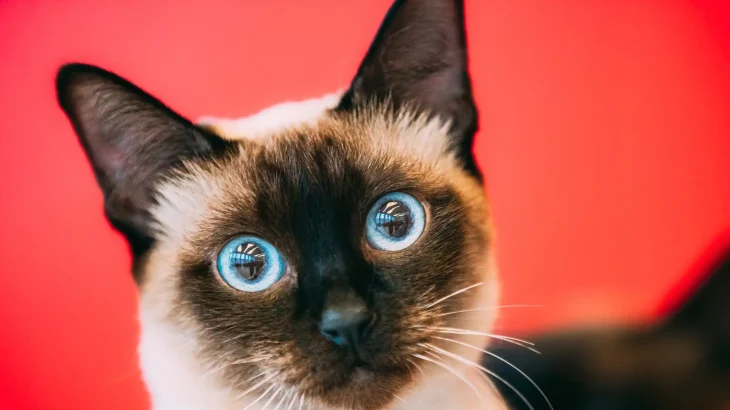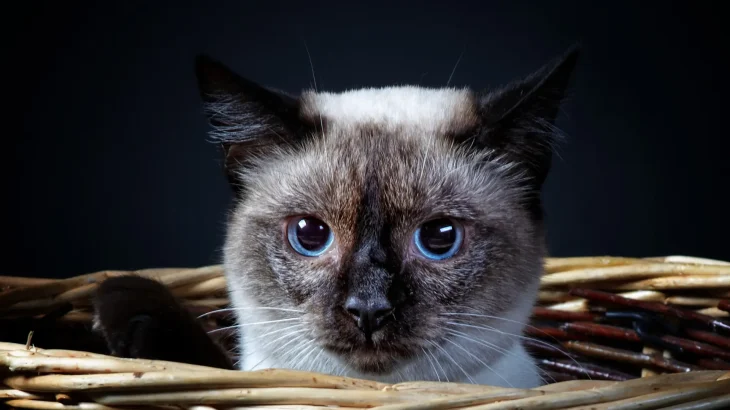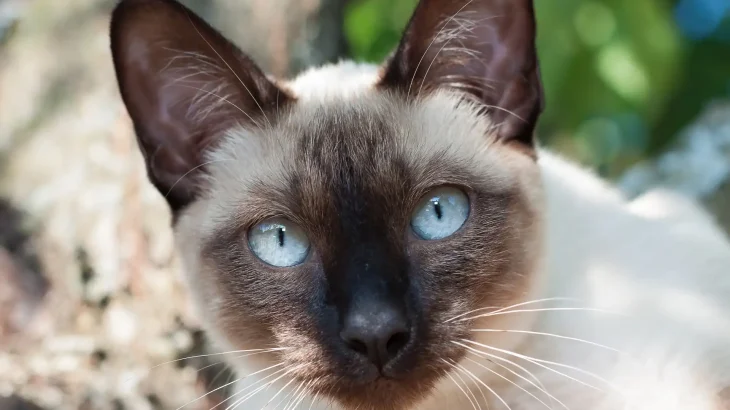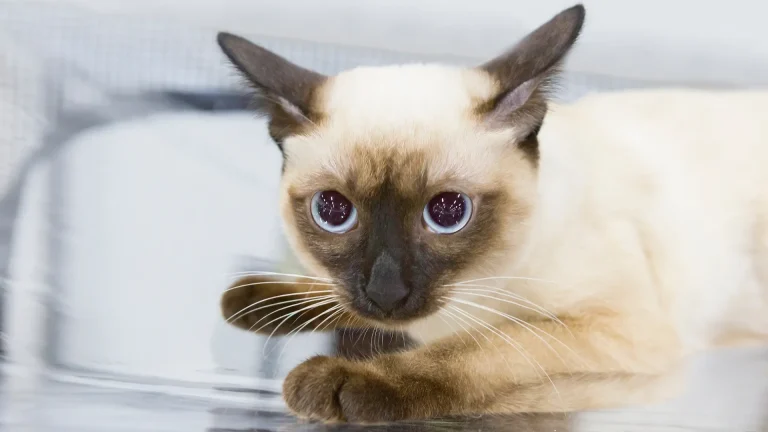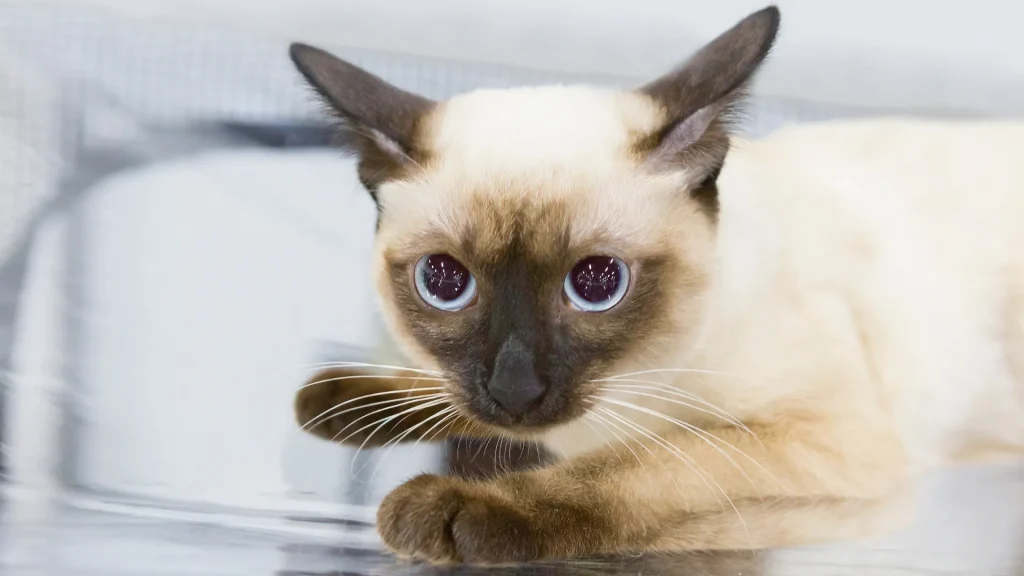When deciding to bring a Mekong Bobtail kitten into your home, you can either adopt or buy from a breeder. Adoption lets you offer a loving home to a cat that may urgently need one, though detailed background info might be limited. Buying from a breeder often means clearer insight into the kitten's lineage and health but usually costs more.
Adoption vs. Breeder: Pros & Cons
| Criteria | Buying from Breeder | Adopting from Shelter/Rescue |
|---|---|---|
| Cost | Higher cost due to purebred status, often hundreds to thousands of dollars. | Lower fees, usually $50 to a few hundred dollars. |
| Health History | Comprehensive health records and genetic screenings usually available. | Health history may be incomplete; animals often get basic checks and vaccinations. |
| Age Availability | Mostly young kittens, allowing early raising. | Wide range of ages, including adults and seniors. |
| Temperament Insight | Breeders provide info based on lineage and traits. | Shelter staff share observed behavior; background may be limited. |
| Supporting Practices | Supports responsible breeders focused on health and ethics. | Supports animal welfare by rescuing cats and reducing overpopulation. |
| Breed Purity & Pedigree | Guarantee of breed purity with documented pedigree. | Breed purity usually uncertain; pedigree not provided. |

